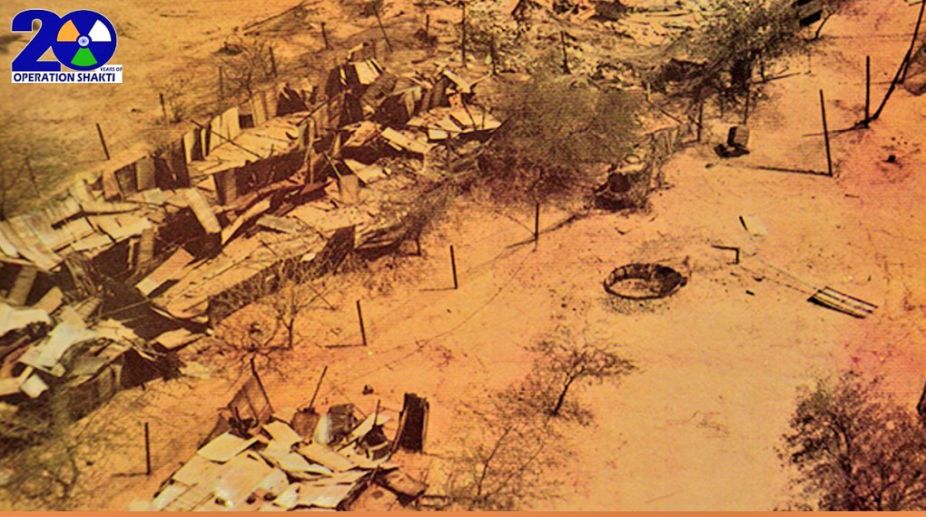In the year 1998, India became a full-fledged nuclear state after the successful culmination of ‘Operation Shakti’ (Pokhran II) on 13 May.
India conducted five underground nuclear tests on May 11 and 13, 1998, in Pokhran in the Rajasthan desert. As the nation carried out the nuclear tests, the move was met by several sanctions imposed on India by countries like Japan and the United States. The first test, code-named Smiling Buddha, was conducted in May 1974.
Advertisement
Pokhran-II consisted of five detonations, of which the first was a fusion bomb and the remaining four were fission bombs.
To the mark the significance of the day, the Indian Army took to Twitter and posted, “13 May 1998. The day marked culmination of #OperationShakti, two additional fission devices were detonated & thus India became a full-fledged nuclear state in the international arena.”
The official Twitter handle of the Ministry of Defence tweeted, “Did you know?
The three devices were originally planned to detonate at 9 a.m. on May 11, 1998 in Pokhran.
But test was put on hold due to unfavourable wind direction. Only after wind direction changed, three devices were successfully detonated at 3.45 p.m.”
The success of the Operation Shakti in 1998 had paving way for India’s entry into the elite club of Nuclear Nations.
Defence Ministry also posted various tweets with pictures from the site after the tests were conducted:
The nuclear devices which were detonated during Operation Shakti are:
Shakti I -A thermonuclear device yielding 45 kt, but designed for up to 200 kt
Shakti II – A plutonium implosion design yielding 15 kt and intended as a warhead that could be delivered by bomber or missile. It was an improvement of the device detonated in the 1974 Smiling Buddha (Pokhran-I) test of 1974, developed using simulations on the PARAM supercomputer
Shakti III – An experimental linear implosion design that used “non-weapon grade” plutonium, but which likely omitted the material required for fusion, yielding 0.3 kt
Shakti IV– A 0.5 kt experimental device
Shakti V – A 0.2 kt experimental device











